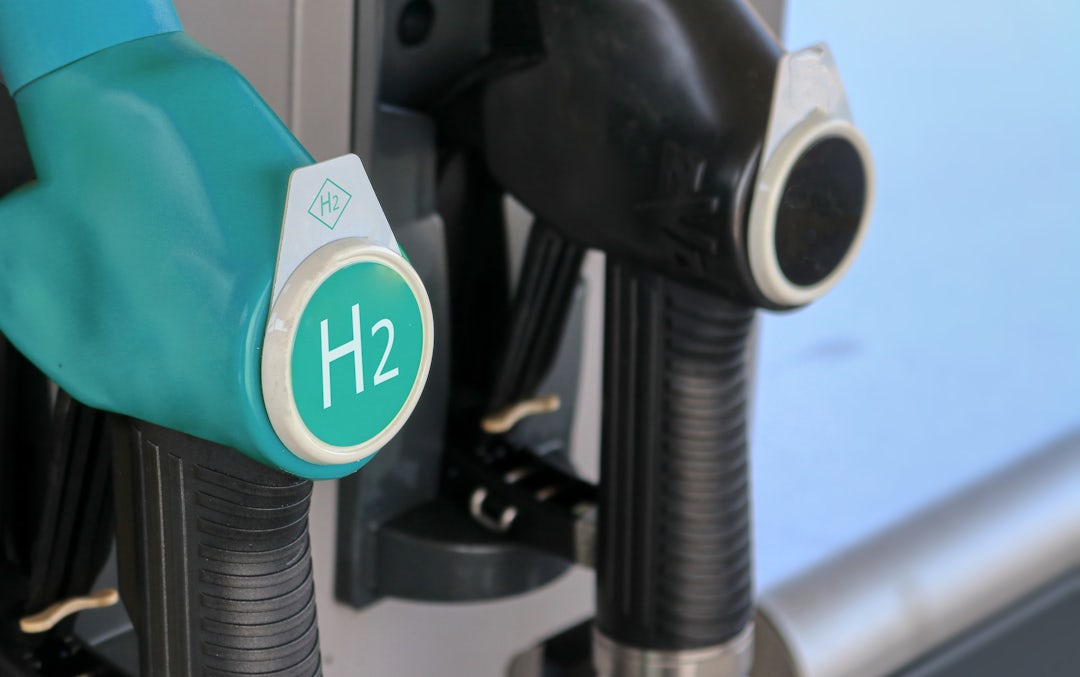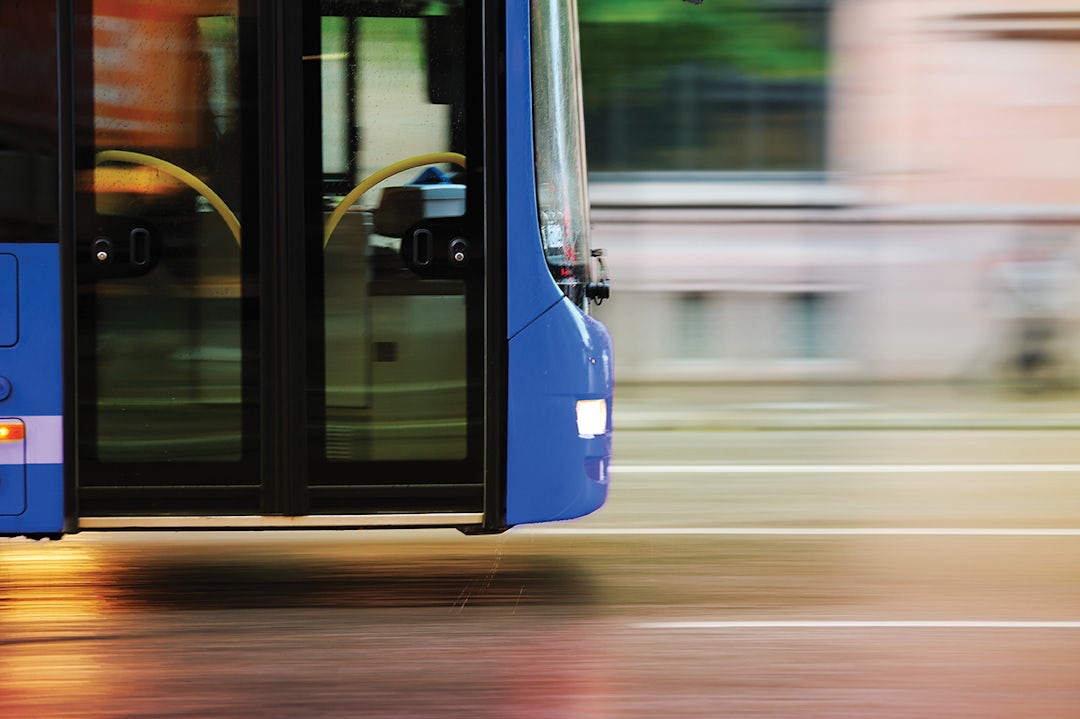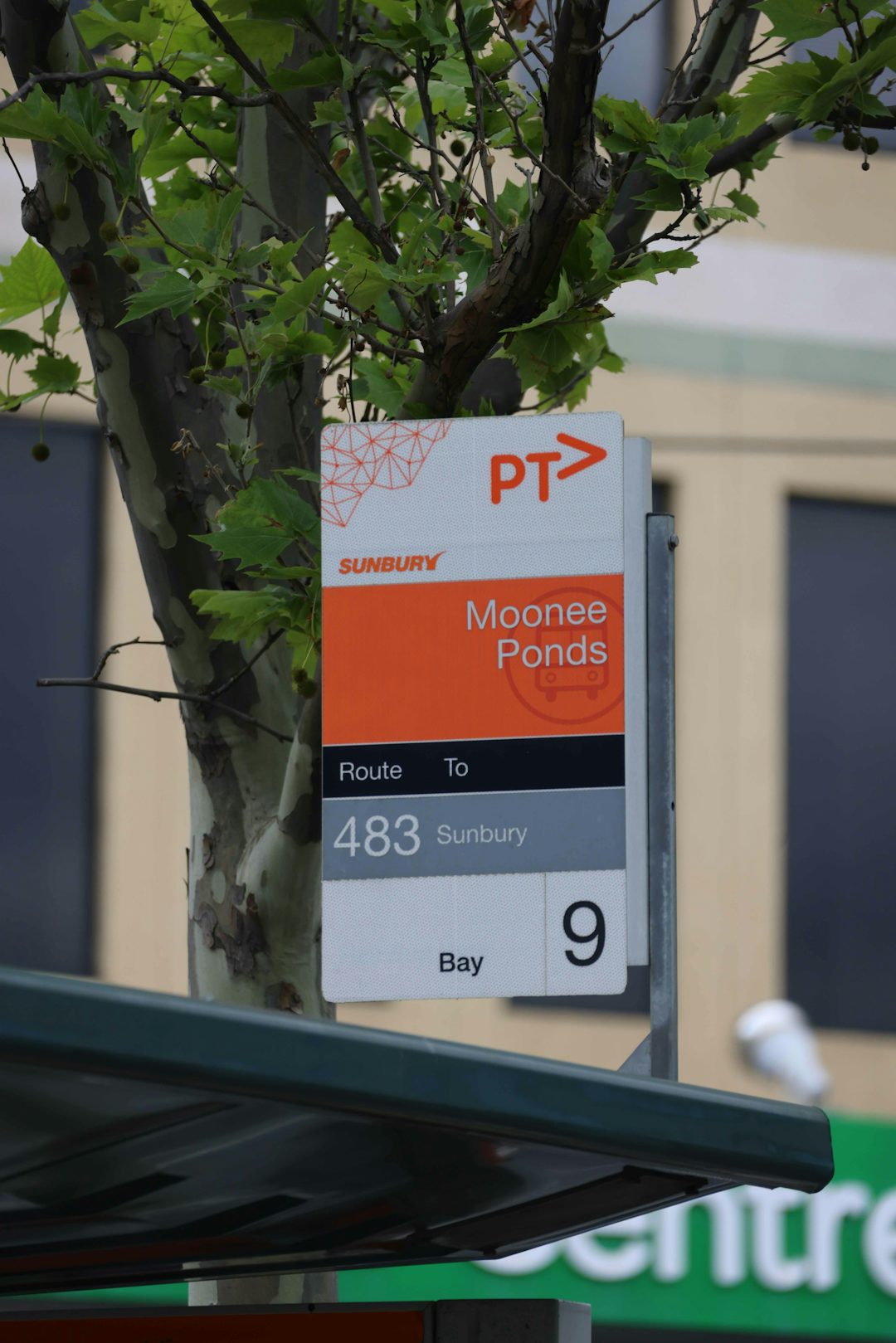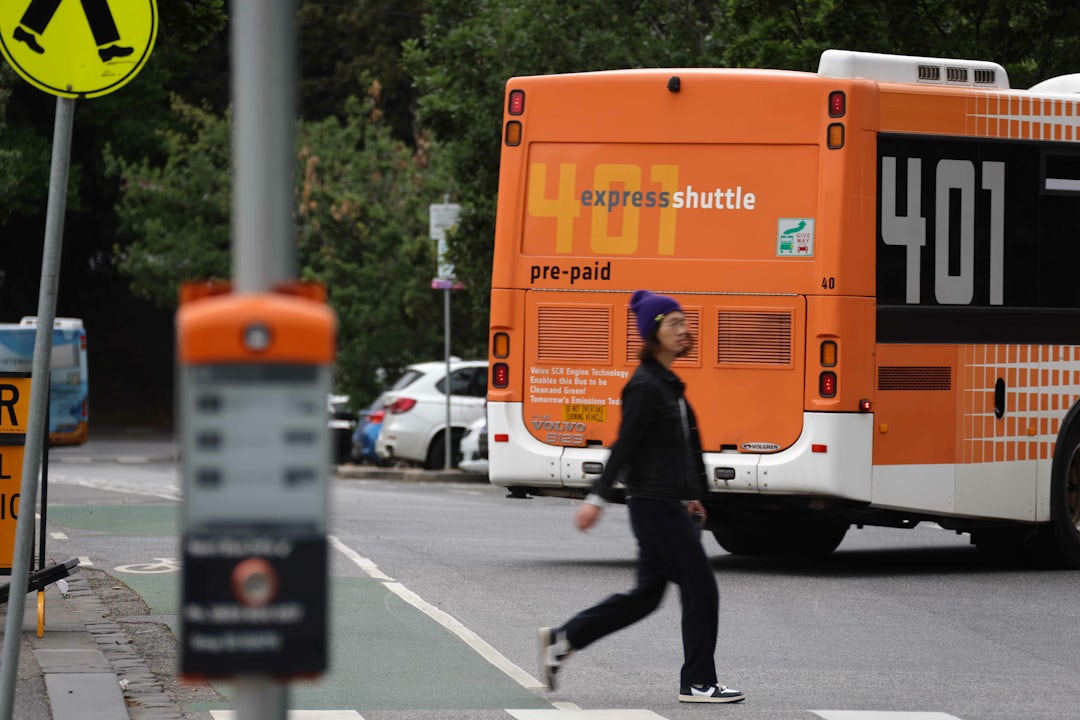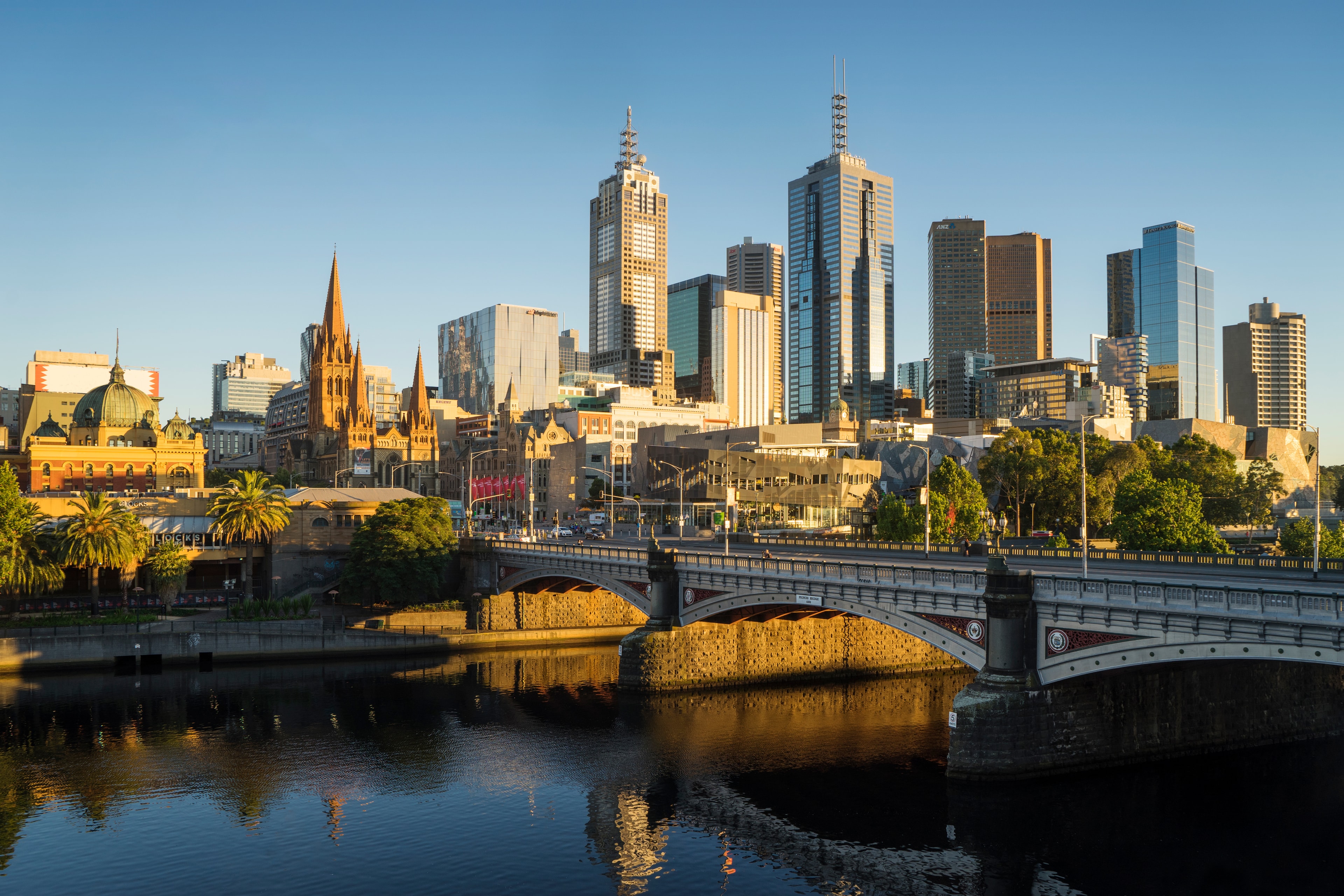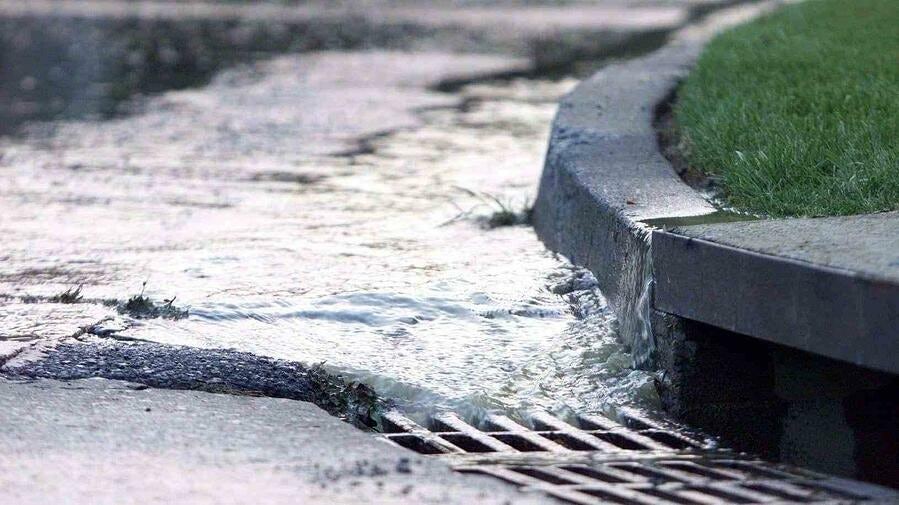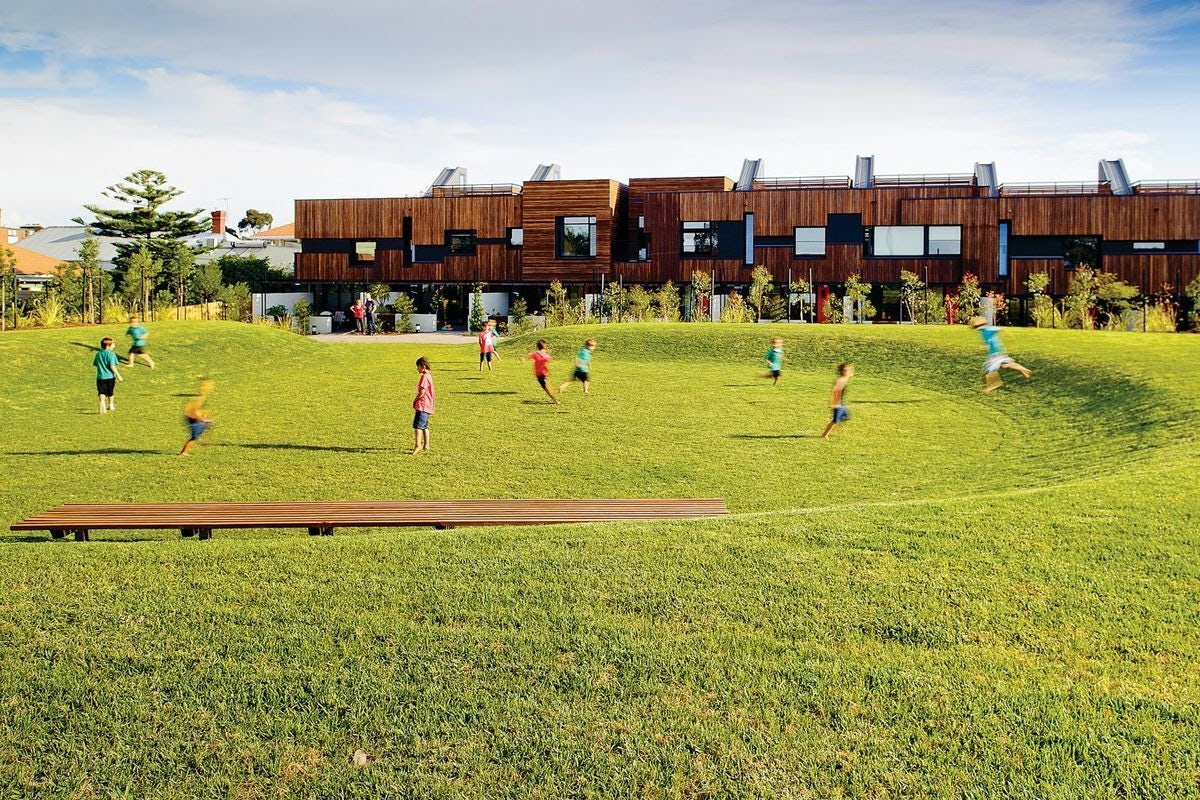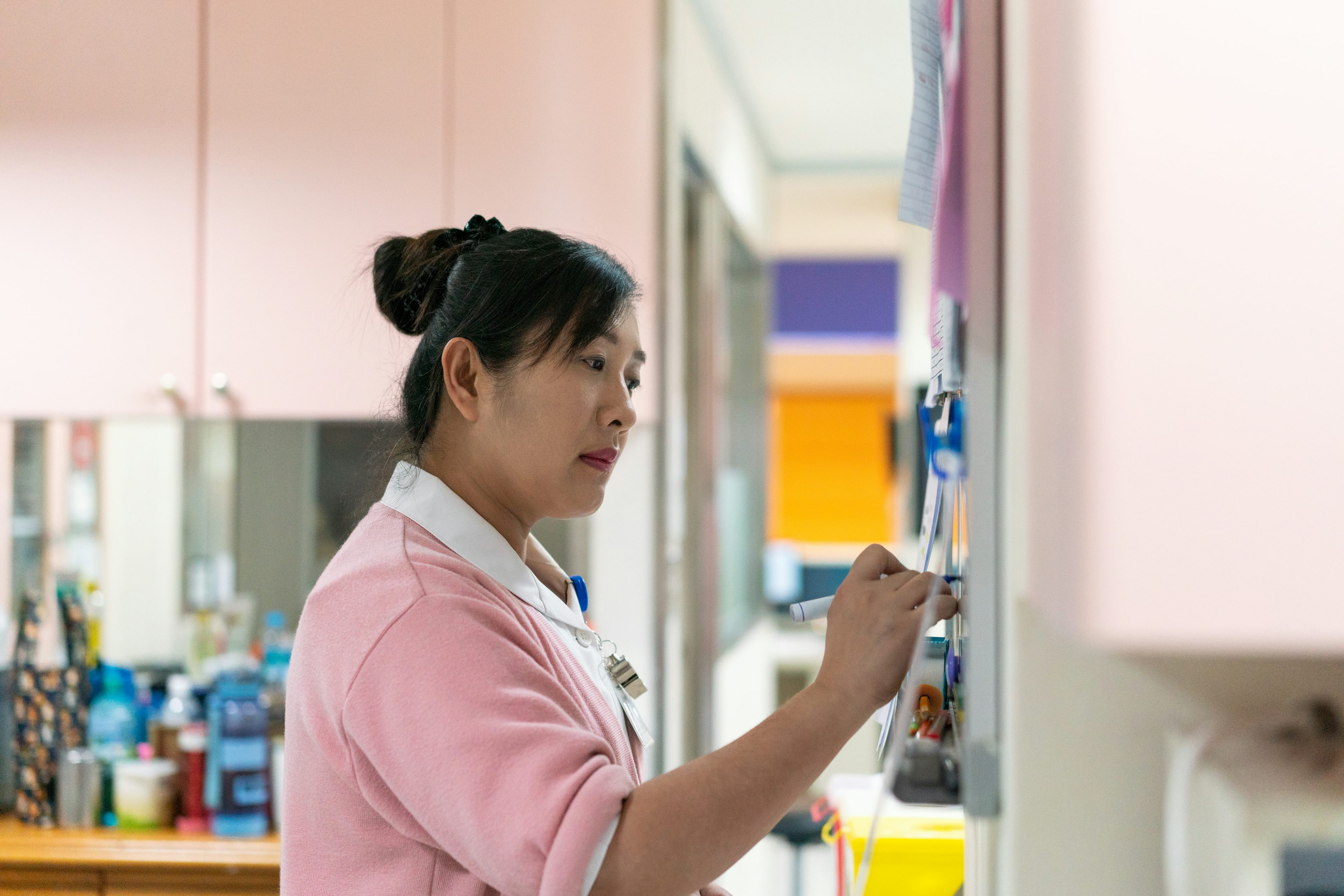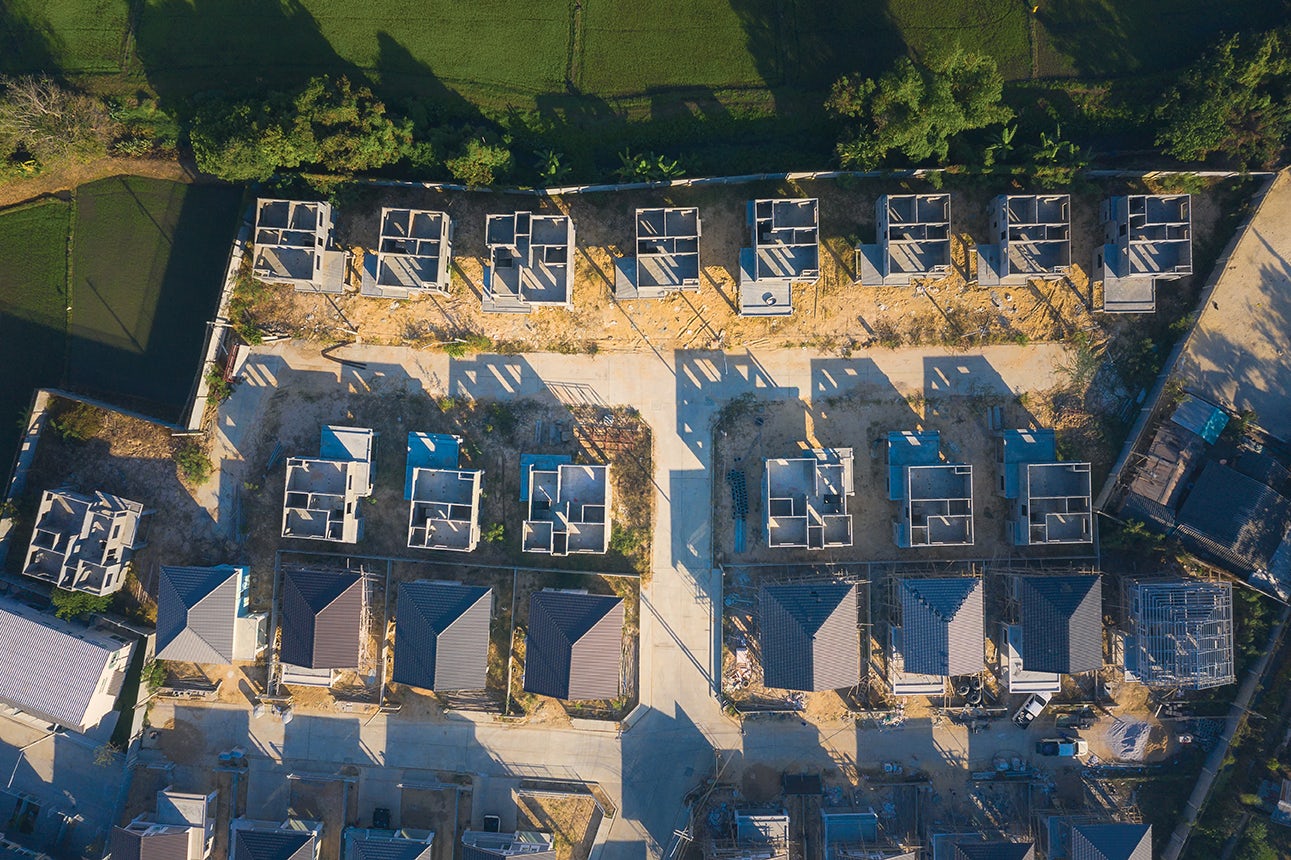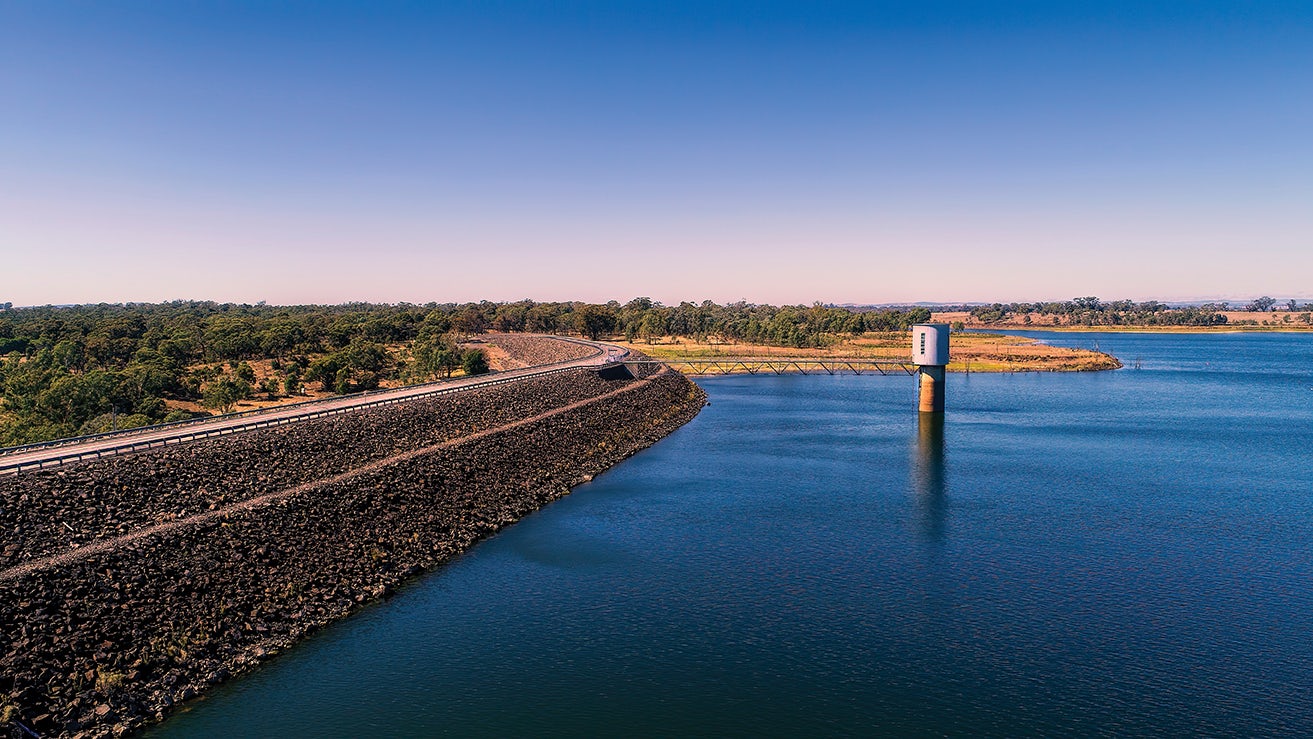Transport
Our transport system will need to carry more passengers and move more vehicles as our population grows. Infrastructure Victoria is helping to pave the way for a better, fairer and future-ready transport network.
Challenges
Getting more from existing transport infrastructure
With some changes, we could get more from our existing transport infrastructure. Digital road management systems and automated vehicles could allow more cars on roads. Redesigning the bus network could give more people access to quality public transport. We could also make more space for people to walk, cycle or catch public transport.
Preparing for new technology and growth
Automated vehicles will change our transport system and how people travel. There are many benefits, such as safer roads and better access to education, services and social connections. But the technology is still evolving. Private sector innovation and some government intervention will help us make the most of this technology and avoid problems.
Encouraging Victorians to make better travel choices
When lots of people travel at the same time, transport gets slow and crowded. We can improve our transport system and reduce congestion and crowding by encouraging people to travel at a different time or in a different way. Having more transport options and better services can affect people’s travel choices. Pricing can encourage people to make travel choices that help to reduce congestion.
Key recommendations
In the next year, begin updating transport regulations to allow automated vehicle operation on the road network. In the next 10 years, upgrade roads and communications infrastructure to help facilitate increasingly connected and automated vehicles, particularly for corporate and government fleets. Develop policy, business case and land use planning guidance to maximise the benefits of automated vehicles and mitigate their risks.
Last updated Dec 07, 2021
In the next year, develop and publish Victoria’s integrated transport plan. Require the transport and strategic land use plans to align with each other.
Last updated Dec 07, 2021
In the next year, fund the northern Fishermans Bend tram connection for delivery by 2026 and complete the planning for the southern route. Within 2 to 5 years, commit to delivering a tram extension to Arden and to the former defence site at Maribyrnong if required.
Last updated Dec 07, 2021
Permanently adopt discounted off-peak fares for metropolitan public transport and discontinue ticket types that do not offer discounts for off-peak travel.
Last updated Dec 07, 2021
In the next year, reduce bus and tram fares, while maintaining an integrated ticketing system, to encourage people to make greater use of cost-effective public transport services that can be quickly expanded.
Last updated Dec 07, 2021
By 2025, reshape the metropolitan bus network in Melbourne’s north-west and south-east in time for the opening of the Melbourne Metro Tunnel. Introduce ‘next generation’ bus services, beginning by using them on the new Doncaster busway. In the next 10 years, continue reforming bus networks in Melbourne and Geelong, including by revising the coverage standard and using more flexible bus services in lower demand areas.
Last updated Dec 07, 2021
Replace fixed road user charges with variable distance-based and congestion charges over the next 10 years, by gradually expanding and reforming the existing electric vehicle charge. Ensure user pays charging reflects the relative costs of road use, encouraging people to adopt beneficial travel behaviour.
Last updated Dec 07, 2021
In the next 2 years, develop business cases to extend electrified metropolitan train services from Sunshine to Rockbank, from Craigieburn to Beveridge, and on the Wyndham Vale corridor, to be delivered by 2031. Deliver extra services to south-east Melbourne by running Rockbank services to Pakenham via the Melbourne Metro Tunnel. Consider adding extra stations on the Wyndham Vale and Melton corridors, and secure remaining land required for stations and stabling.
Last updated Dec 07, 2021
Within 2 years, determine staging for the outer metropolitan rail and road corridor. Subject to detailed business cases, start construction of priority sections, starting with the E6 motorway by the end of this decade. Progressively stage corridor development for completion in the next 30 years. Provide a freight rail link to coincide with the opening of the Western Intermodal Freight Terminal.
Last updated Dec 07, 2021
Within the next 5 years, identify and secure land, and apply planning protection for transport corridors and buffers for a future Bay West Port, particularly for future road and rail connections. Monitor and report on the triggers to develop a new port and commence and continue environmental assessment and monitoring over the next 30 years. Around 2040, begin detailed planning.
Last updated Dec 07, 2021
Research spotlight
Fair move
This Infrastructure Victoria report proposes a new fare structure to get the most out of Melbourne’s public transport network.

Good move
Infrastructure Victoria’s report on how transport network pricing can fix transport congestion in metropolitan Melbourne.
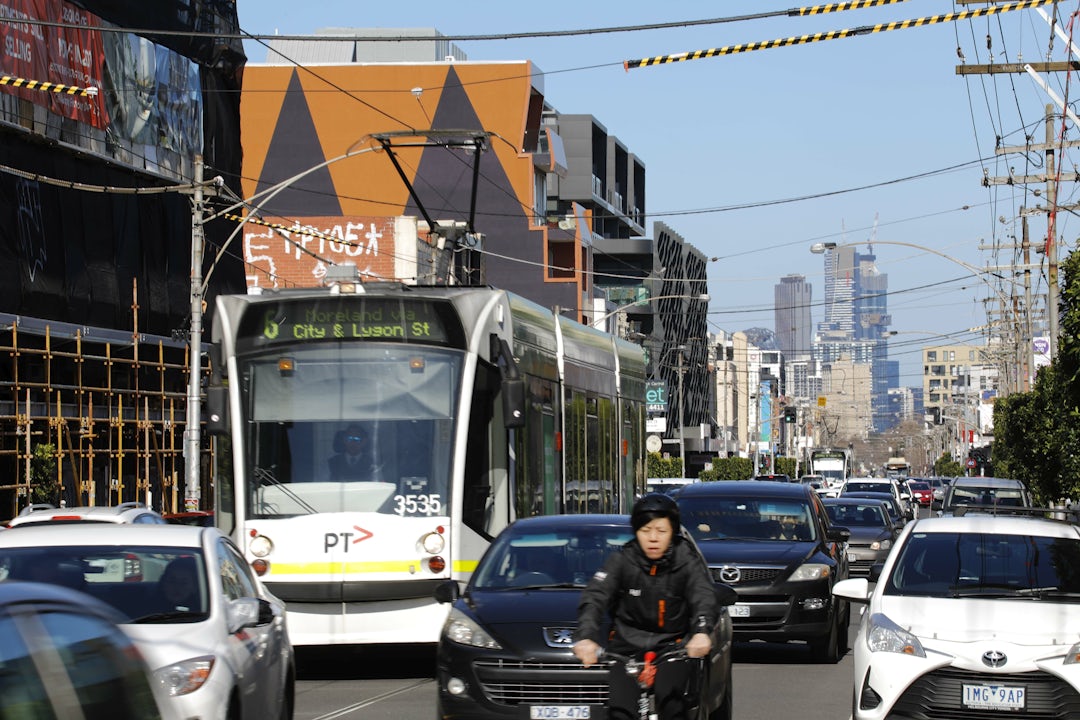
Advice on autonomous and zero emissions vehicles
Infrastructure Victoria’s advice to the Victorian Government on infrastructure for automated and zero emissions vehicles.
